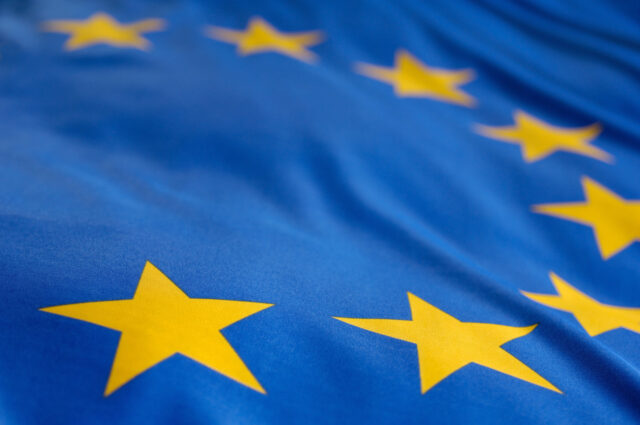Across the public sector—and increasingly in the private sphere as well—organisations are committing to the necessity of a net zero future. While emissions reduction efforts often begin with scope 1 and scope 2 emissions, analysis of holistic environmental impacts in supply chains often expose scope 3 emissions as being the source of as much as 90% of an organisation’s greenhouse gas emissions.
With the majority of an organisation’s carbon impact originating outside the organisation itself, it increasingly falls to the procurement function to make intelligent, sustainability-motivated decisions in order to draw down indirect emissions and foster a culture of sustainability within their supplier ecosystem.
However, while investment in increasingly sustainable source-to-pay processes is rising, many procurement teams describe the pursuit of net zero as a serious challenge. In Europe, companies earmarked an average of 27% of their total investment budget into improving sustainability this year, a 16% rise in sustainability investment.
Nevertheless, more than 43% of companies surveyed in a recent report had not set a net zero goal, and, within the 32% of organisations with a net zero target of 2030, many procurement professionals reported that “limited data, complex supply chains, and limited control over supplier emissions” presented serious obstacles.
The report notes that, while “procurement organisations firmly have net zero on their agenda,”, other factors like the need to keep costs low are impeding their efforts. Another report by the World Economic Forum—this time focusing on public institutions as drivers of sustainable procurement—also acknowledges the trepidation with which public and private sector organisations view the possible costs of pushing for net zero.
However, the WEF notes that “Pursuing net-zero goals in public procurement will boost the green economy,” estimating that “the private investment and new jobs triggered by greener public procurement, in aggregate, will boost global GDP by around $6 trillion through 2050 – a significant proportion of the green economy’s total GDP of $70 trillion.”
While the short term might represent an increase in costs, the long term benefits for organisations that manage to drive a successful net zero green transition, both in their own organisations, and supply chains, will be substantial. Adopting procurement practices that require green certifications from suppliers (even subsidising green activities within their ecosystems by paying higher prices for suppliers who can demonstrate their green credentials) can drive meaningful reductions in the scope 3 emissions for organisations throughout both the public and private sectors.
By Harry Menear











